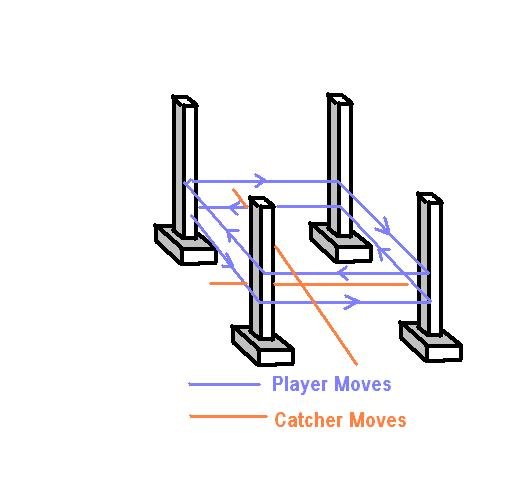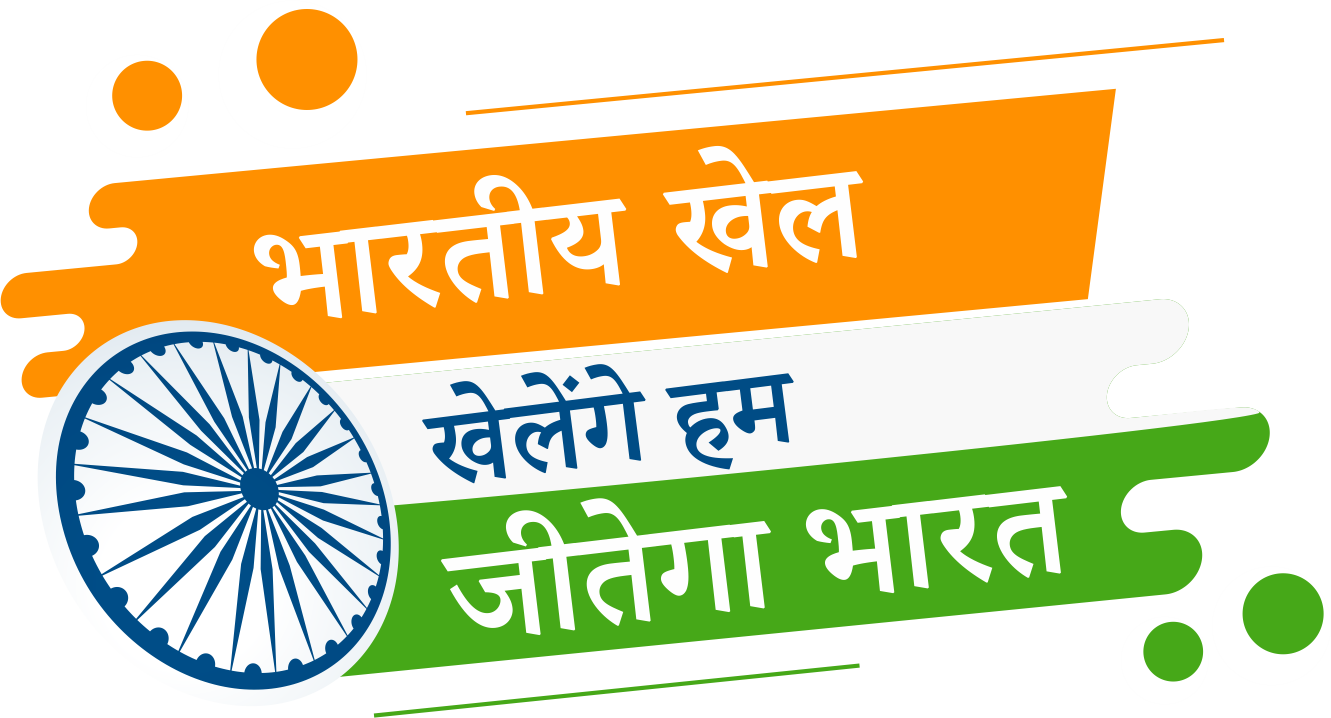Nalugu Stambhalata/Four pillars
Introduction
Children used to play this game in Manduva Logili houses, which are constructed with several wooden pillars (made of Rosewood or Teak) and an open space at the center. The game was also played outdoor in open woods. The game eventually diminished in popularity due to the decline of joint families and the increase of urbanization.

Players attempt to run between the four corners of a square without being tagged by the denner, who is in the middle of the square. In a Telugu variation of the game, Nalugu Stambalata, there is a pole in each corner of the square that the players must touch.In Maharashtra, the game is known as “Khamb-Khambolya”.
Here’s how to play Nalugu Stambhalata (Four Pillars Game) with the adjustment where players own specific pillars or four corners of a big room.
Setup
- Players: A minimum of 5 people.
Four players each “own” a pillar or a marked spot (if no pillars are available, draw circles on the ground about 15-20 feet apart to represent the spots).
One player is the chaser (denner).
- Game Area:
Find four pillars or corners of the room Or courtyard, forming a square or rectangular shape, maintaining a distance (15-20 feet) between them.
Roles and Rules
- Pillar Owners:
Each of the four players “owns” one pillar or a corner. They must protect their pillar/corner from the chaser.
- Chaser’s Goal:
The chaser aims to take over one of the four pillars by tagging a pillar owner when they are away from their spot.
- Movement:
Pillar owners can leave their pillar/corner to move to other spots but must return quickly to avoid losing their spot to the chaser.
Only one player can occupy a pillar or circle at a time.
If a pillar owner’s spot is taken by the chaser, the chaser becomes the new owner of that spot, and the displaced player becomes the new chaser.
- Rules for Pillar Owners:
Pillar owners must move strategically to prevent the chaser from taking their spot.
Owners can swap spots with other owners but must vacate quickly if another owner reaches the same pillar.
- No Staying Too Long:
Players cannot remain idle at their pillar for too long; they must move periodically.
Winning Conditions
The game is typically played in rounds. Each round ends when:
A new chaser is determined.
The game continues until everyone has had a turn as the chaser, or you can set a time limit for the game.
This version adds strategy and excitement, as players must balance protecting their spot while avoiding being caught by the chaser! It’s a game of both speed and wit.
Address
Bharatiya Khel
Indian Knowledge Systems (IKS) Division
Ministry of Education (MoE),
Government of India,
Our office is located in
All India Council for Technical Education (AICTE)
Nelson Mandela Marg,
Vasant Kunj,
New Delhi-110070

